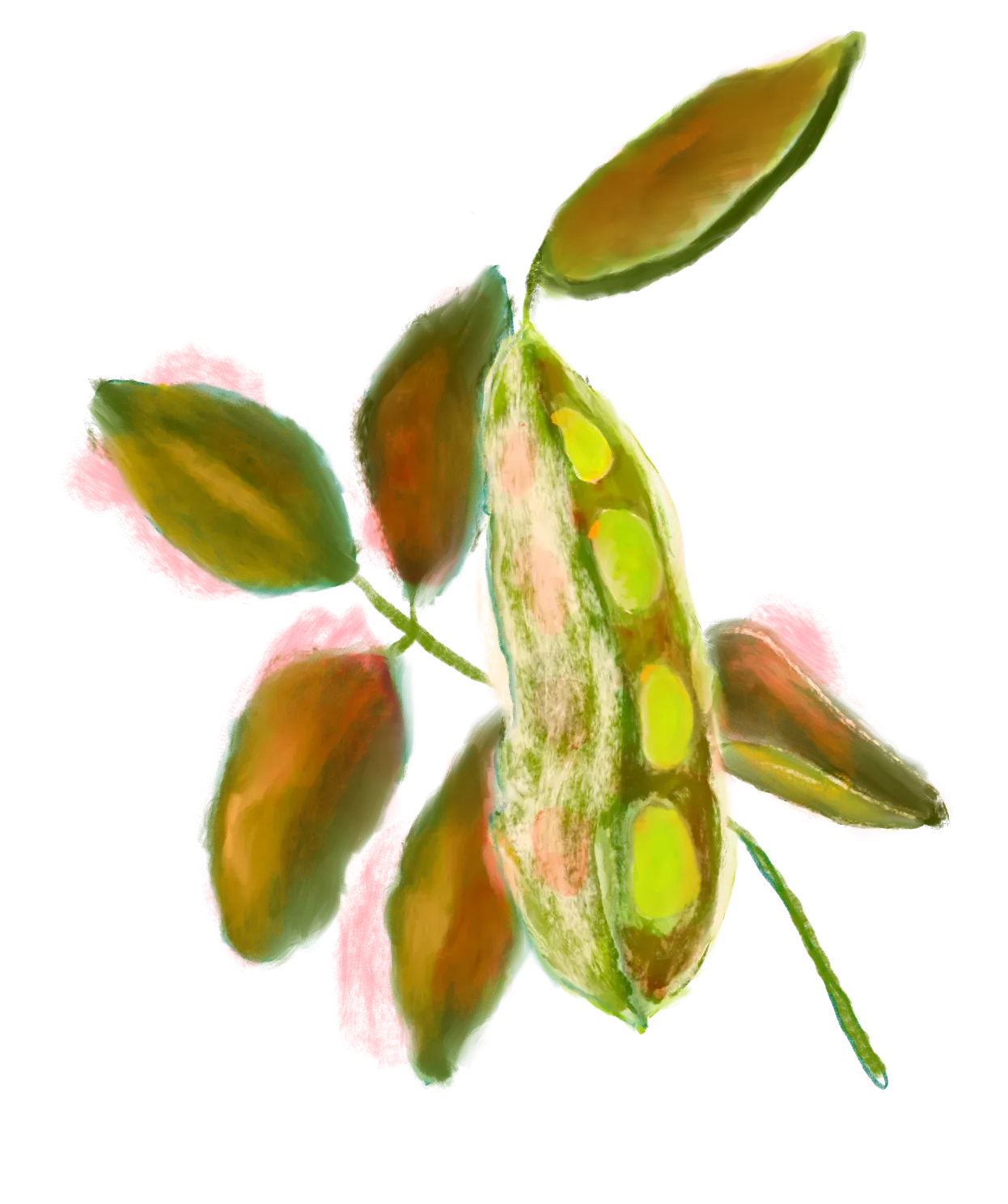There are a few things you can never have too many of as a gardener: seed packets, harvest baskets, and tomato plants.
Or seed packets full of tomato seeds. Or harvest baskets brimming with ripe paste tomatoes.
Typically, we gardeners start our tomato plants from seed, often as early as February, under the warm glow of grow lights. We watch with giddy anticipation as the first sprouts emerge, potting them up several times before they’re ready to brave the chaos of the great outdoors.
Another common way to acquire tomato plants is by purchasing starts at a plant shop or local plant sale.
But there is a third, more efficient way to obtain more tomato plants, which requires far less less time than growing from seeds, and is 100% free.
The answer? Cuttings!
As we approach July, if you have a few healthy tomato plants but want more—and know that the growing season is too short to start from scratch—cuttings are your solution.
The process takes around 10 days, but your mileage may vary.
Let’s explore the step-by-step process I use to transform cuttings into new tomato plants, ensuring bountiful harvests.No need to start from scratch - let your current plants form new seedlings for you and save 6+ weeks of growth time
Introduction to Tomato Cuttings Propagation: Why It Works
Tomato plants have the unique ability to form roots along their stems, making cuttings a viable and efficient way to multiply your plants.
According to research from 2019, tomatoes have specific cellular and hormonal characteristics that make them excellent for propagation with cuttings.
The authors of the study explain that there are cells in the tomato stems that can initiate root formation. Additionally, the plant hormone auxin plays a crucial role in this process.
This cellular activity leads to the formation of what are called adventitious roots - roots that grow from the stem of the plant.
The study found that tomatoes have a well-developed capacity to form these roots, which is why cuttings, when placed in the right conditions, can quickly develop new root systems.These bumps are part of tomato's natural growth process and will turn into roots!
Benefits of Growing New Tomato Plants from Cuttings
- More tomato plants = more tomato harvests
- Your cuttings will be a few weeks behind your starter plants for an extended harvest season
- Think of all the time you’ve saved! 1 week for germination, and another 3 at least for growth. It will be like you started these plants from seeds a month and a half ago
- Free plants!
How Tomatoes Are Propagated From Cuttings: The 10-day PlanTransform tomato cuttings into new plants!
Preparation: Setting Up for Success
Materials:
- Existing healthy tomato plants that are at least 1.5 feet tall
- Pots: 5-10 gallon pots work well
- Soil: with a mix of garden soil and coco coir
- Water access
- A lax approach to pruning tomato suckers
Before you begin, you’ll need to be somewhat dismissive of the suckers growing on your existing tomato plants.
Yes, I know, they need to be pruned if you’re growing indeterminate varieties. But this is in the name of plant multiplication and honestly I think your plants can handle it.
Your Schedule:
Day 1:
- Gather your materials
- Look for suckers on your tomato plants that are 4-6 inches tall (even taller will work too)
- Nip them off as you normally would
- Pull off the lower leaves, leaving 2-4 leaves remaining
- Bury the cuttings immediately up to the leaves that you left on the stem in the soil + coir mix.
- For best results, use a pot that is large enough for the tomato plant to mature in. This eliminates the need for transplanting and avoids the temporary growth slowdown that often accompanies it.
- Continue on, using one pot per cutting that you take
- Water in well. Like, really well so the soil is fully saturated.
- Give your cuttings a pep talk. Let them know you believe in them. This is really optional but of course it helps.
Day 2:
- Don’t be alarmed or give up if your plants have wilted
- Water the plants well. Stick your finger into the soil - it should be moist the entire length of your index finger.
Day 3-6:
- Repeat
Day 7:
- You should have a feel now for which of your cuttings are going to “make it”
- You can drop your watering schedule to every other day, unless temps are over 85
Day 10:
- You should see some new growth on your cuttings
- If so - you did it! Transition your new plants over to your regular tomato watering schedule
- If not - continue watering every other day - every day during heat waves - until you see the growth
Pro Tips for Propagating Tomatoes from Cuttings
- Coir is optional but it will help keep the moisture level present in the soil which will help your tomatoes to take off quickly
- Only take cuttings from healthy robust plants without any disease or pest issues
- If you’re taking cuttings on a hot day, water 2x/day until plants are established or you have a day that does not exceed 85 degrees
- If it is a really hot day, move your tomato cuttings into a shady spot during the time of peak heat
- You can continue to cheer your cuttings on if you want
Why I like propagating from cuttings vs stool layering
Tomatoes are kind of sensitive plants, prone to all sorts of soil-borne diseases and pests.
Stool layering is when you take a branch of a plant and bury part of it in the soil. This is done when the branch is still connected to the plant.
It’s highly likely that this will work - your tomato plant will take root and you’ll be able to snip the new growth with a root system off of the original plant.
However, I personally don’t want to risk a healthy plant to whatever disease could be lurking in the soil. Stool layering sets up your current healthy plants for unnecessary issues. While it’s a chance that others are willing to take, it’s not worth it to me, especially when taking cuttings works just as well.
Common Mistakes to Avoid
Avoid these common mistakes to increase your propagation success rate:
- Using cuttings from unhealthy plants: The disease or pest issues will likely carry over to the new plant.
- Overwatering or underwatering: The soil should be moist but not waterlogged. Throughout the day, you can check by inserting your finger into the soil up to the first knuckle; it should feel damp but not soggy.
- Not providing enough light: Make sure your cuttings have access to at least 8 hours of full sun when temperatures are below 85 degrees.
- Not protecting plants during high temperatures: Place your cuttings in the shade during the heat of the day so that they are not stressed.
Case Study: My Personal Tomato Cutting Success
Last summer, I decided to try propagating tomatoes from cuttings. Starting with six healthy cuttings, I was able to successfully grow them out into new plants within ten days.
I repeated this same set up this year. Here’s a photo of how they look on day 14:Tomato cuttings that have rooted and now look healthy. Mulch is hairy vetch, and they're sharing a pot with basil - two perfect tomato companion plants.
Conclusion and Next Steps
Propagating tomatoes from cuttings is a rewarding and efficient way to expand your garden. Try it out and share your success stories with fellow gardeners. For more tips on tomato cultivation, check out our related articles.
FAQs: Addressing Common Questions
- Can I use cuttings from any tomato variety? Yes, but indeterminate varieties tend to work best due to their continuous growth.
- How long can I keep cuttings before planting them? It's best to plant them immediately, but you can keep them in water for up to 24 hours if needed.
PIN IT:





